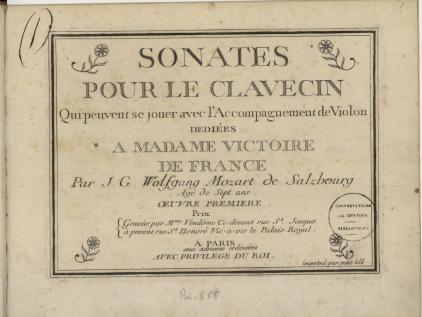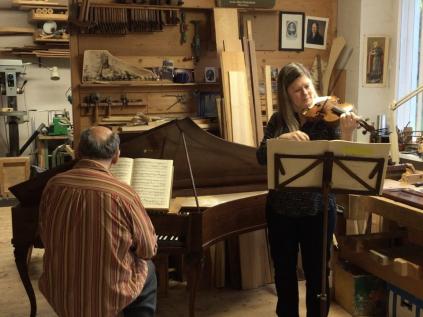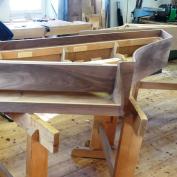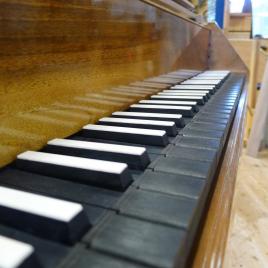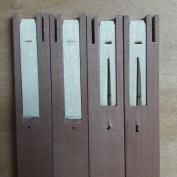training-Project:
Reconstruktion of a spinet by Johann Heinrich Silbermann, 1767
Range: 5 octaves (F1-f3)
Pitch of our
reconstructions: a1 = 415 Hz
During our apprenticeship as piano and harpsichord makers we learnt the traditional craft while working at our projects, the autonomous replicating of a spinet after Johann Heinrich Silbermann (1767).
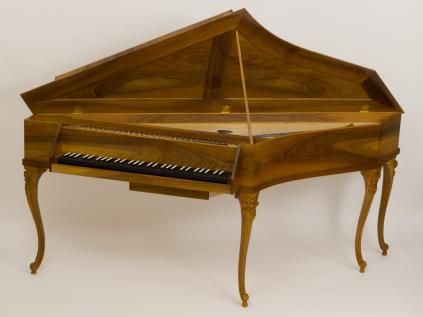
Anke Schrewe (neé Hondelmann)
replica Anke Schrewe (neé Hondelmann):
Joseph Haydn
(1732-1809)
Sonata Es Dur Hob.XVI:45
(1766)
Varvara Manukyan (Interpretin)
Thomas Schwaiger (Musikproduktion)
Stimmtonhöhe: a1 = 415 Hz
Stimmung: Neidhardt - "Für die kleine Stadt"
Aus dem 1. Satz Moderato
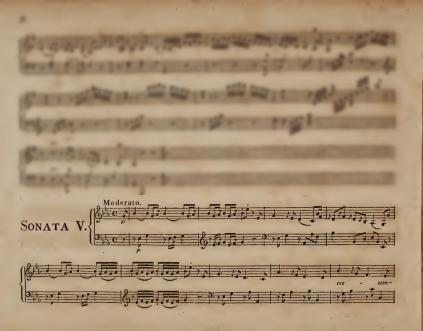
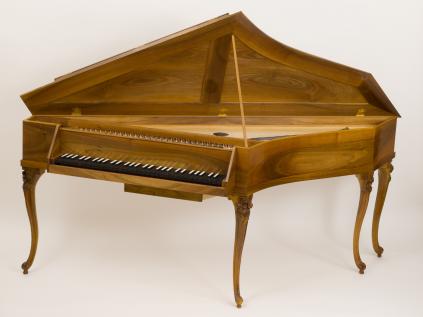
Eva Szabó
replica Eva Szabó:
Joseph Haydn
(1732-1809)
Sonata Es Dur Hob.XVI:45
(1766)
Varvara Manukyan (Interpretin)
Thomas Schwaiger (Musikproduktion)
Stimmtonhöhe: a1 = 415 Hz
Stimmung: Neidhardt - "Für die kleine Stadt"
Aus dem 1. Satz Moderato
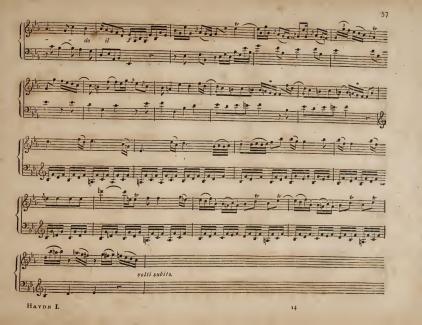
Arbeitsdetails zum Nachbau des Originalinstrumentes:
![Our "journeywomen" with "their" original instrument in the Germanisches Nationalmuseum in Nürnberg. [Johann Heinrich Silbermann, 1767, MINe90] Anke Schrewe (neé. Hondelmann) and Éva Szabó](/wAssets-dt/img/1767-Silbermann/weblication/wThumbnails/3b89dee0-7eb61692@ll.JPG)
Anke Schrewe (neé. Hondelmann) and Éva Szabó
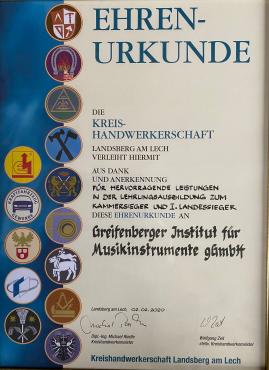
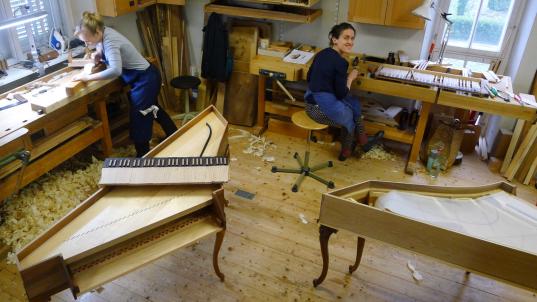
Historical context
"Musikalischer Almanach für Deutschland auf das Jahr 1782", Nikolaus Forkel.
Aus dem Kapitel: "Verzeichnis der besten Instrumentenmacher in Deutschland"
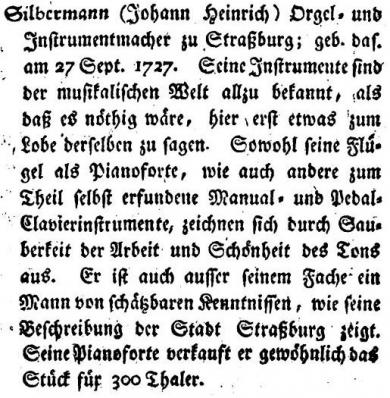
Aus dem Kapitel: "Verzeichnis der besten Instrumentenmacher in Deutschland"
Silbermann (Johann Heinrich) Orgel- und Instrumentmacher zu Straßburg; geb. das. am 27 Sept. 1727. Seine Instrumente sind der musikalischen Welt allzu bekannt, als daß es nöthig wäre, hier erst etwas zum Lobe derselben zu sagen. Sowohl seine Flügel als Pianoforte, wie auch andere zum Theil selbst erfundene Manual- und Pedal-Clavierinstrumente, zeichnen sich durch Sauberkeit der Arbeit und Schönheit des Tons aus. Er ist auch ausser seinem Fache ein Mann von schätzbaren Kenntnissen, wie seine Beschreibung der Stadt Straßburg zeigt. Seine Pianoforte verkauft er gewöhnlich das Stück für 300 Thaler.
Silbermann (Johann Heinrich) organ and instrument maker in Straßburg; born there the 27 september 1727 . His instruments are all too well known it is unnecessary to praise them here. His grands as his pianos as his other manual and pedal keyboard instruments partly invented by himself excel by precision of work and beauty of tone. Outside his profession he is a man of profound knowledge as revealed by his description of Straßburg town, His pianos he usually sells for 300 talers.
Bentside-spinettes are a type of harpsichord that became remarkably popular, especially in the second half of the 18th century. Notable German piano makers such as Johann Heinrich Silbermann, as well as specialized workshops in England like those of Joseph Mahoon and the Hitchcock family (John the father, John the son, and Thomas), produced a large number of such instruments.
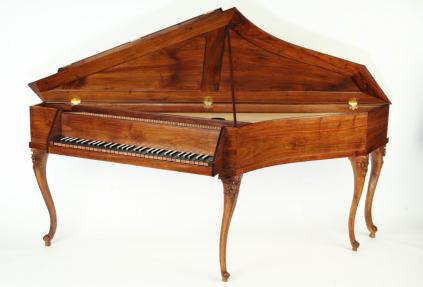
This unusual form today offers a number of special features. A small harpsichord is created in the same distorted wing shape, which provides a comparable sound potential. An important further aspect at that time was its particular practical suitability for chamber music. Due to the angled seating position, a musical partner sat facing sideways in a sound-wise particularly favorable position, allowing for more effective collaboration in making music together.
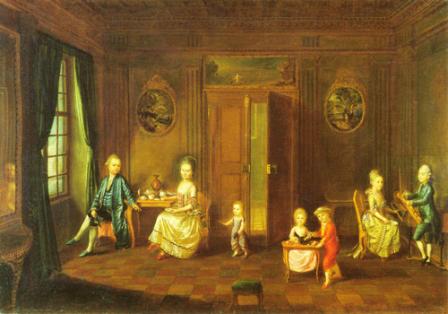
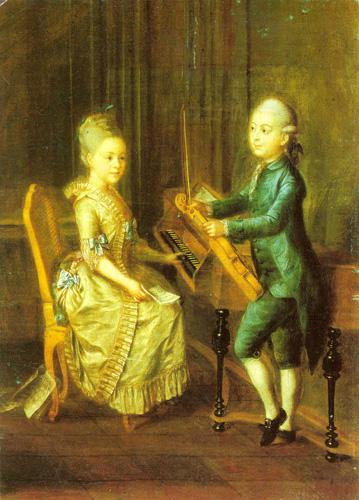
The Basel painter Joseph Johann Kauffmann in 1775 arranges this family portrait in representative setting. Particularly remarkable is the situation to the right: Music is an activity of the adolescent children, daughter at the keyboard (here a typical spinet) son tuning his violin.
The scene is a typical metaphor for the „getting in tune“ of future spouses, music as one of the few socially accepted activities to meet a future spouse of higher rank, and the children should go well prepared.
The typical chamber music form for this epoch and this cultural setting is the keyboard sonata with accompaniment of a melodic instrument, usually violin or flute.
